Carbon Emissions Offsetting
BE PART OF THE CHANGE AND JOIN THE CARBON EMISSIONS OFFSETTING PROGRAM!
As a participant at FRPT 2022, you have the choice to be part of the climate change by offsetting the CO2 emissions generated during your trip. By supporting a Clean CO2 project, you will also contribute to improve the social environment in the operating area. Choose among 4 different projects – more details below.
Once you have offset your carbon footprint, you will receive a Clean CO2 Certificate accrediting your carbon-neutral status and your commitment to reducing emissions.
We have an easy to use platform available in four languages, that considers the personal travel and accommodation circumstances of each participant. Click here for instructions on how to use it.
CHOOSE AMONG 4 PROJECTS WITH SOCIAL VALUE
AWMS GHG Mitigation Project MX05-B-03
The aim of the project activities is to implement an anaerobic digester in pig farms in the northwest of the country, in the state of Sonora. The anaerobic digesters are fed with porcine effluents and the resulting biogas is captured and combusted to generate energy. The proposed project activities will mitigate AWMS GHG emissions in an economically sustainable manner and will result in other environmental benefits, such as improved water quality and reduced odour.
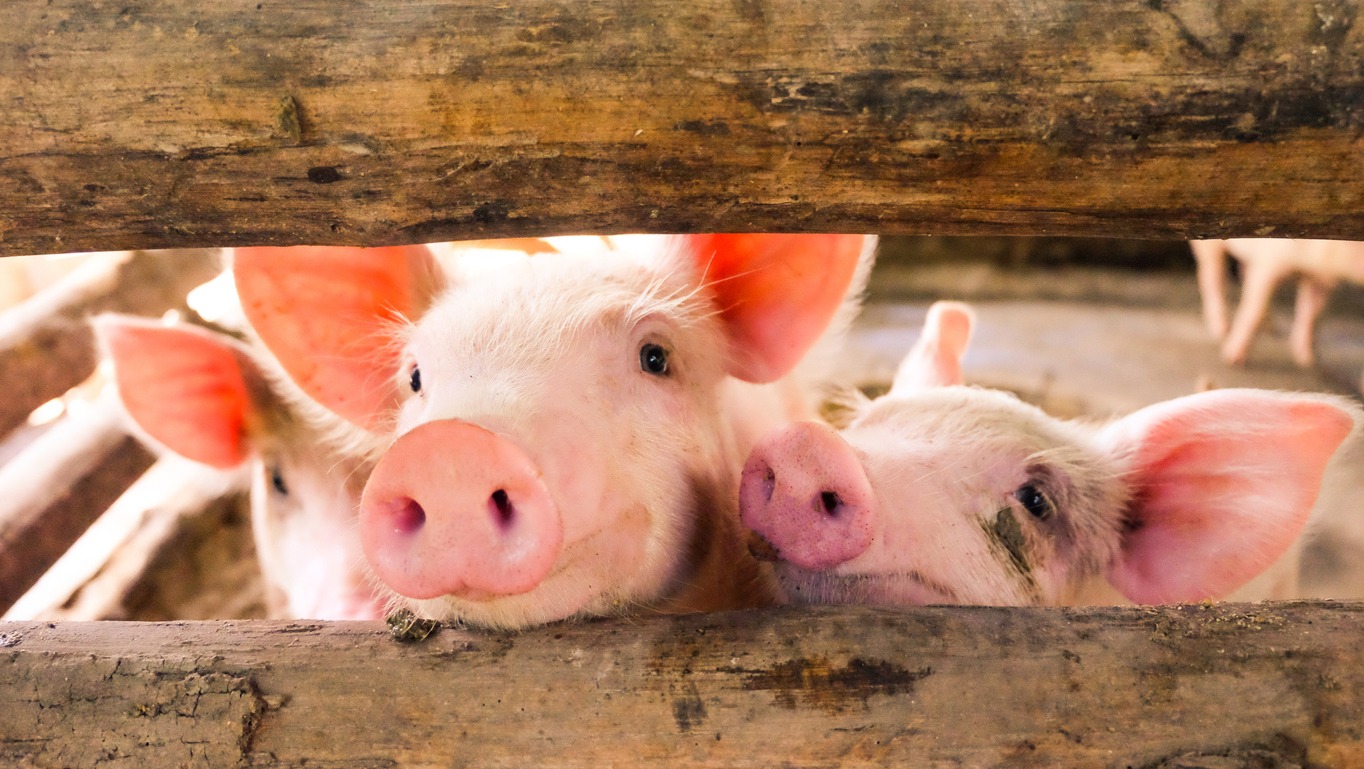
Project type: Biogas Generation Project
Location: Sonora, Mexico
Main Project Benefits:
- Environmental:
- Reduction of greenhouse gas emissions. 127,914 tons of CO2 per year.
- Reduction of environmental pollution due to local reduction of air pollutants and reduction of odors.
- Improvement of soil quality.
- Improvement of groundwater quality.
- Social:
- A new source of income and green energy.
- Increasing the local employment of qualified labor for the manufacture of the facilities, operation and maintenance of the equipment.
- Improving local livelihoods and sustainable development of the renewable energy industry.
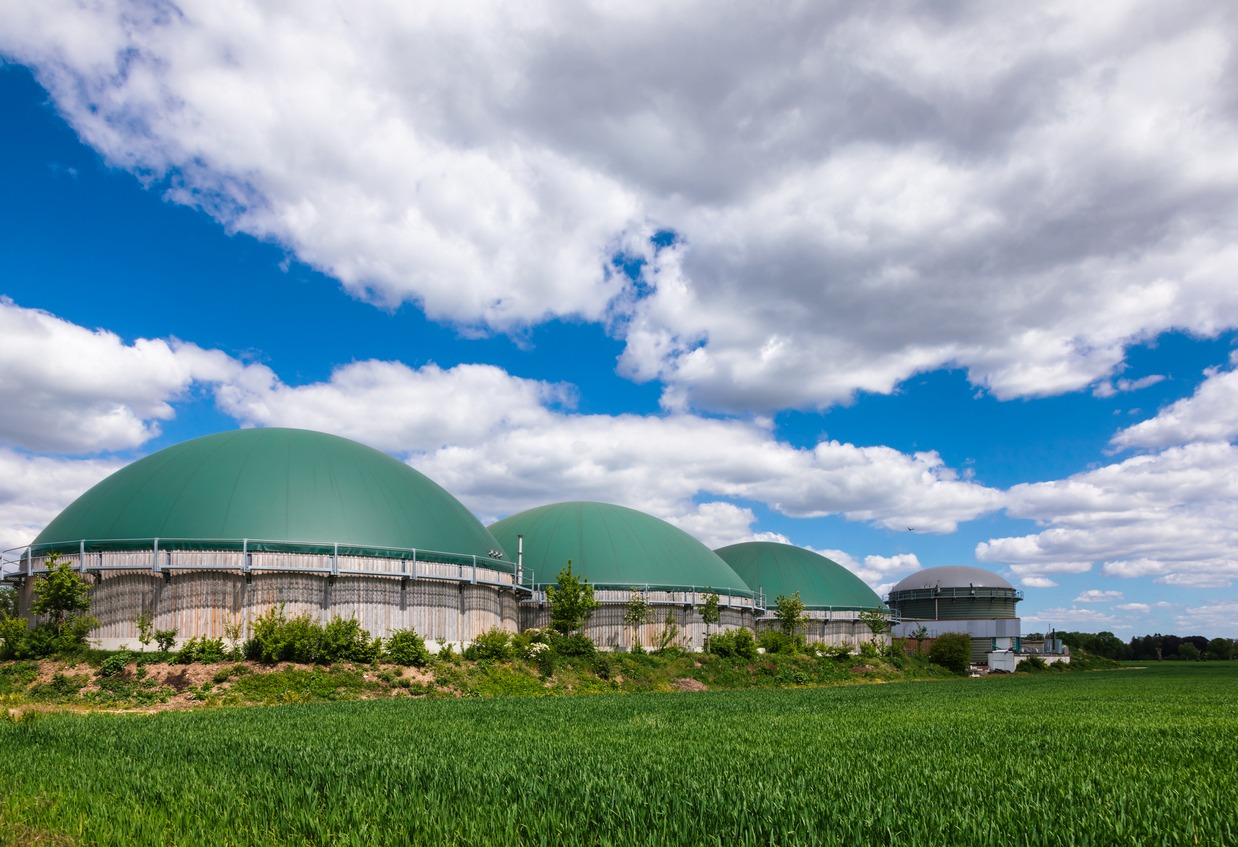
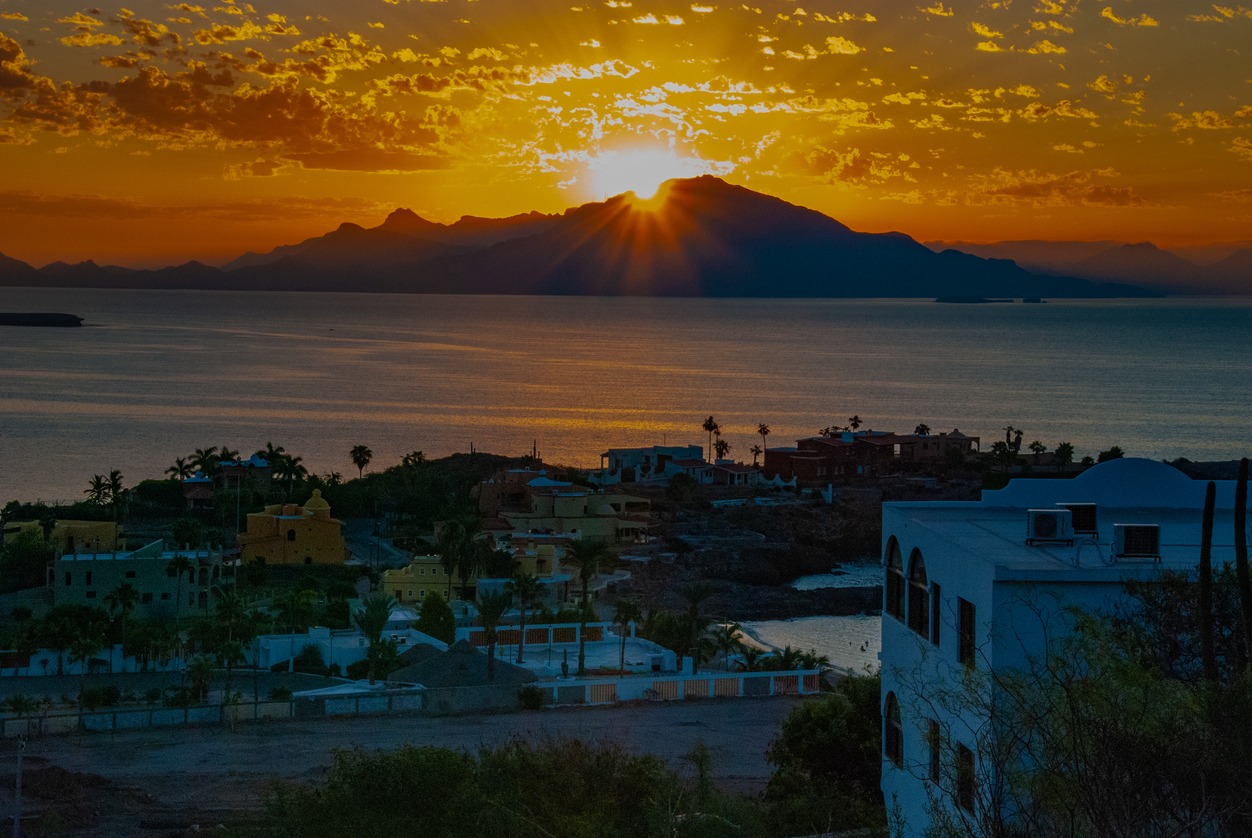
Clean and Efficient Cooking and Heating Project
The project, which operates in the provinces of Shanxi, Hubei and Guizhou, reduces greenhouse gases by selling different types of improved stoves that use excess agricultural waste (a 100% renewable fuel source) and renewable wood, and improve the efficiency of coal consumption. By reducing the consumption of coal and replacing it with biomass, emissions and levels of exposure to indoor air pollution, arsenic and fluoride for end users are reduced. The development of the project will allow the reduction of 399,501 tons of CO2 emissions per year.
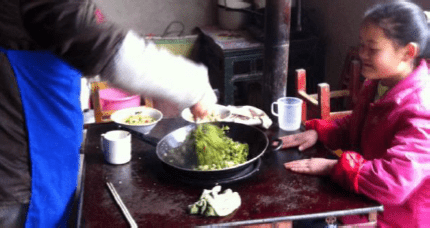
Project type: Renewable Energy Supply
Location: Shanxi, Hubei y Guizhou, China
Main Project Benefits:
- Environmental:
- Reduction of greenhouse gas emissions. 399,501 tons of CO2 per year.
- Avoids internal air pollution
- Reduce GHG emissions
- Allows the use of the agricultural waste excess
- Reduction of deforestation associated with the consumption of firewood
- Social:
- Improves the living and health conditions of local communities through greater availability and use of cleaner stoves
- Improve the livelihoods of poor households by reducing the time, cost of cooking and fuel collection
- Improves access to clean and affordable energy services
- Benefits the rural economy, providing employment in the installation, maintenance and monitoring of the stoves as well as in the training of local communities and employing community education personnel.
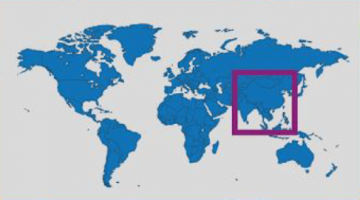
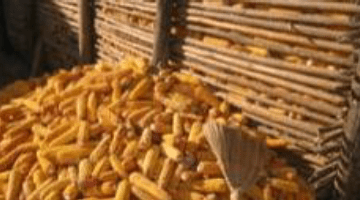

Darica Hydro Power Plant Project
The Power plant will be constructed on the Melet River in the Mesudiye district, Ordu Province, Turkey. The objective of the Project activity is to supply about 99 MW of renewable electricity to the rapidly growing Turkish electricity market. The Project is expected to generate about 327,690 MWh of electricity annually and to reduce 209,722 tonnes of CO2 emissions per year. Daica project will also help in reducing the poverty in the area and contribute to the sustainable development goals.
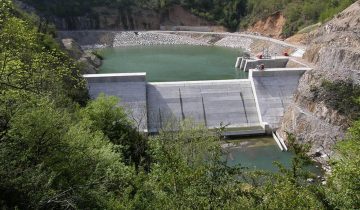
Project type: Hydraulic, Renewable Energy Supply
Location: Ordu, Turkey
Main Project Benefits:
- Environmental:
- Reduction of greenhouse gas emissions. 399,501 tons of CO2 per year.
- Avoids internal air pollution
- Reduce GHG emissions
- Allows the use of the agricultural waste excess
- Reduction of deforestation associated with the consumption of firewood
- Social:
- Improves the living and health conditions of local communities through greater availability and use of cleaner stoves
- Improve the livelihoods of poor households by reducing the time, cost of cooking and fuel collection
- Improves access to clean and affordable energy services
- Benefits the rural economy, providing employment in the installation, maintenance and monitoring of the stoves as well as in the training of local communities and employing community education personnel
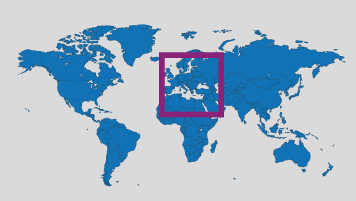
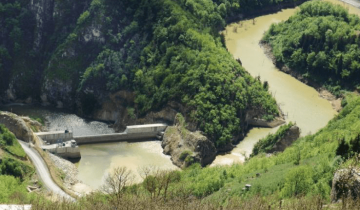
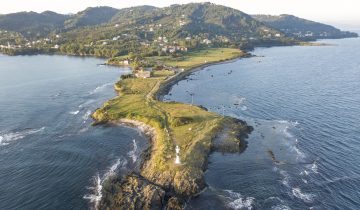
Andra Pradesh Wind Project
The project aims to harness the available wind power potential in the State of Andhra Pradesh. The project activity will install and operate 2 Suzlon for a total installed capacity of 4.2 MW. It will generate approximately 8462MWh of electricity per annum.
The project activity will help in green house gas (GHG) emission reduction by using renewable resources (wind energy) for generating power which otherwise would have been generated using grid mix power plants, which is dominated by fossil fuel based thermal power plants. The average annual generated energy of 8462 MWh of renewable energy, which allows a reduction in emissions of around 8,152 tons of CO2 per year
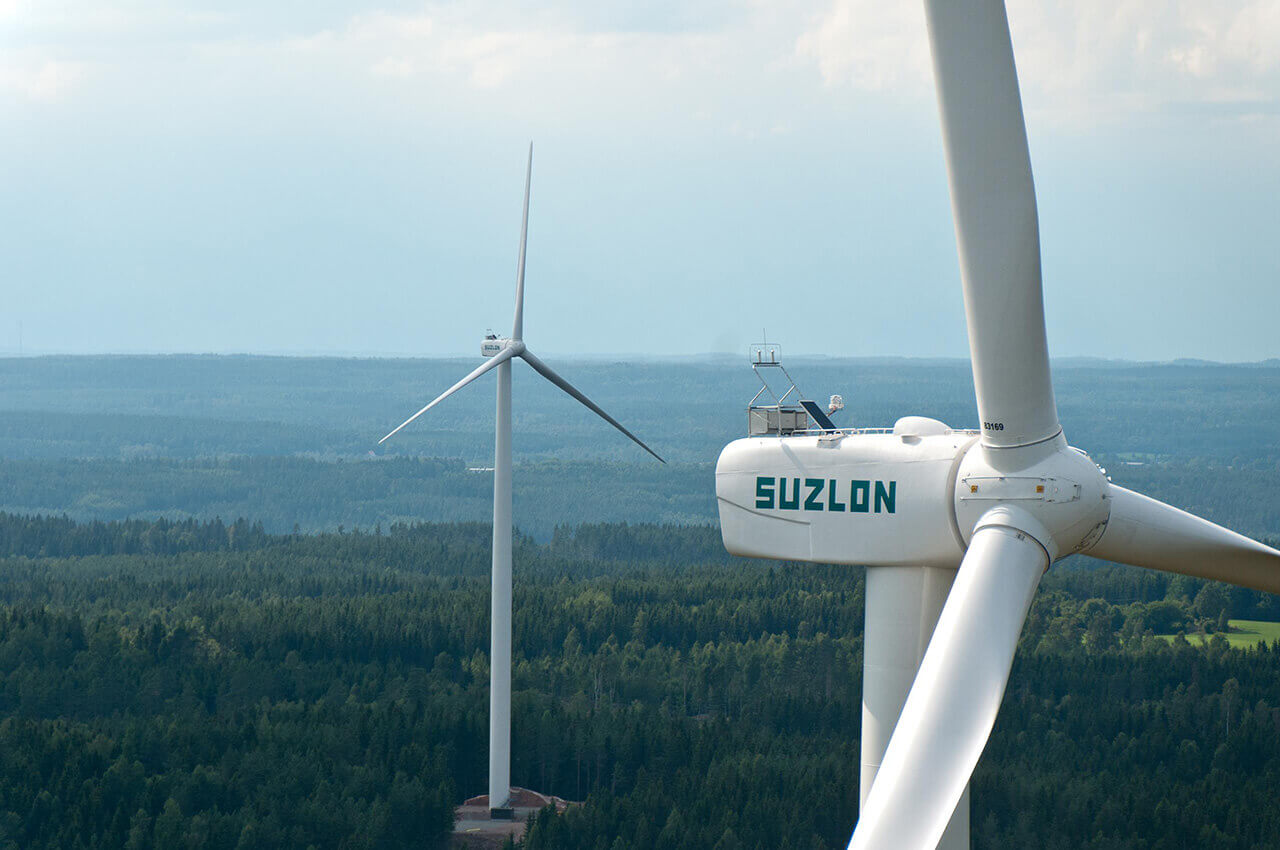
Project type: Wind Power Supply
Location: Andra Pradesh, India
Main Project Benefits:
- Environmental:
- Reduction of greenhouse gas emissions. 8,152 tons of CO2 per year
- The energy generated from coal burning is replaced by wind power electricity
- Avoids air pollution
- Social:
- Increase of the land values in the site where the project is located.
- New employment opportunities during construction and operation: The project is located in rural India, where there is a limited number of job opportunities for qualified and educated youth.
- Improvement of frequency and availability of electricity
- Sensitization courses in the schools of the region
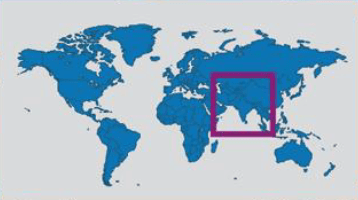
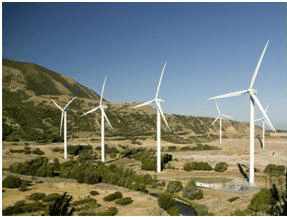
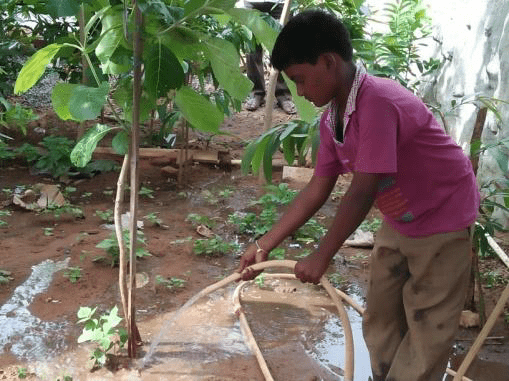
HOW TO USE THE ONLINE TOOL
STEP 1: Calculate your carbon footprint.
Once you go to our CO2 compensation form, fill in the number of persons you are travelling with, the type of transportation and the length of your stay to easily calculate your environmental impact.
Tip: In the from and to fields, select the city of your departure and arrival.
STEP 2: Select the project
Choose among the 4 social projects by clicking on “Select project” under the name of the project you want to support.
Once selected, click on “Offset my emissions with this project”
STEP 3: Fill in your contact info
You will have to complete the form with basic information – your name, country, email.
STEP 4: Pay it forward
Each participant that compensated for the CO2 emission will receive an electronic certificate.
Invite your network to join the effort and contribute to a more sustainable future for our planet.
